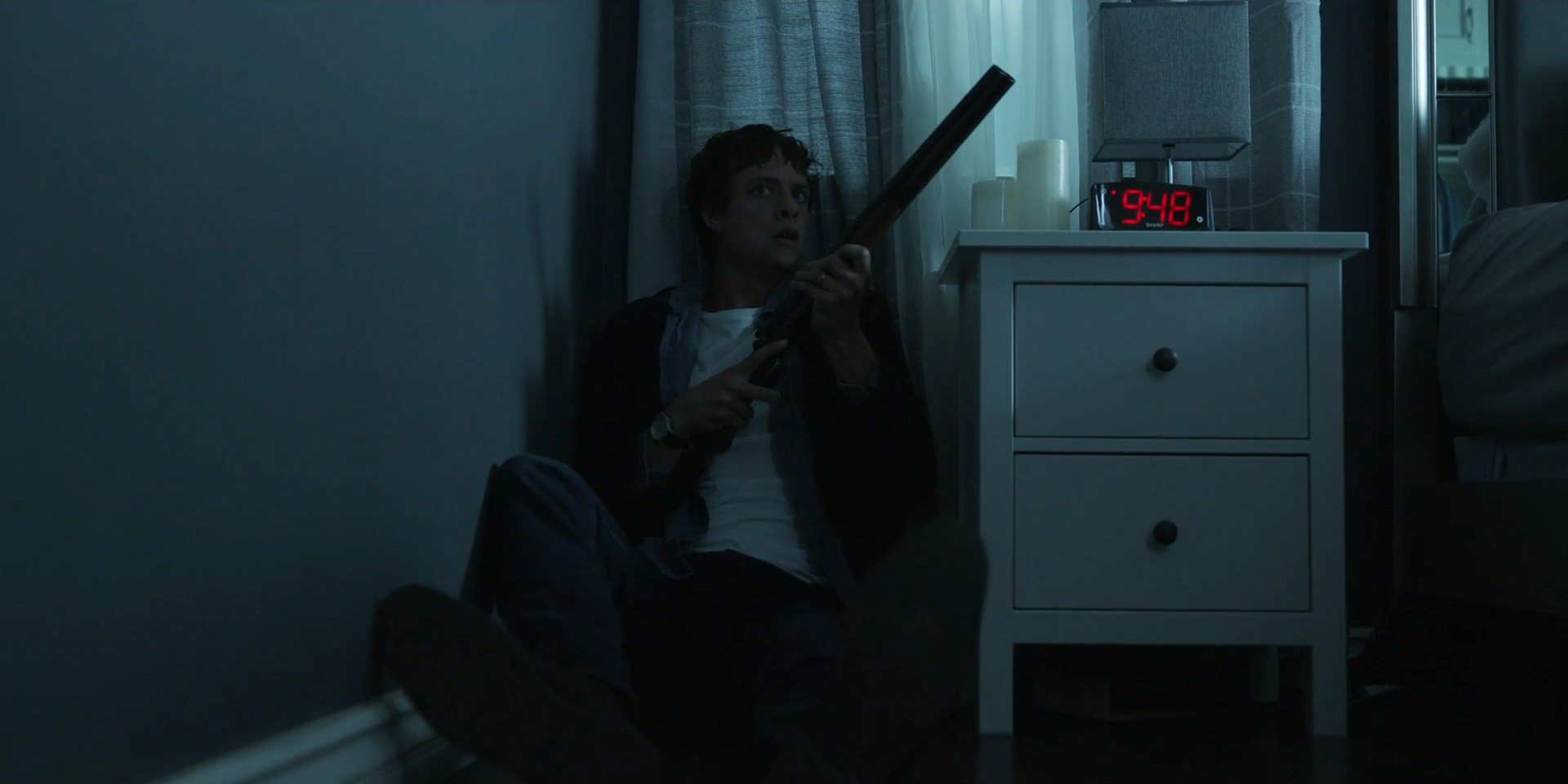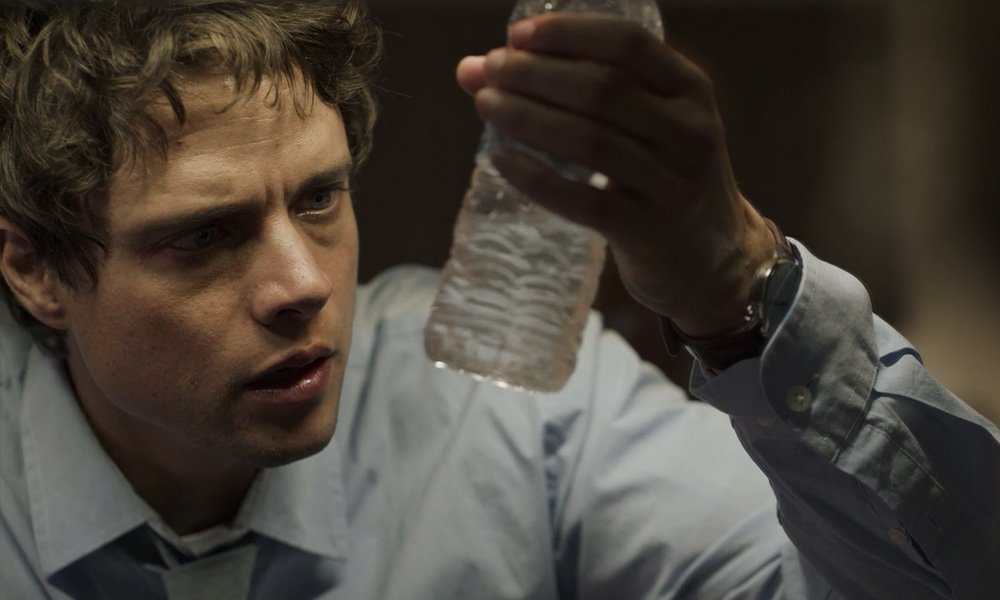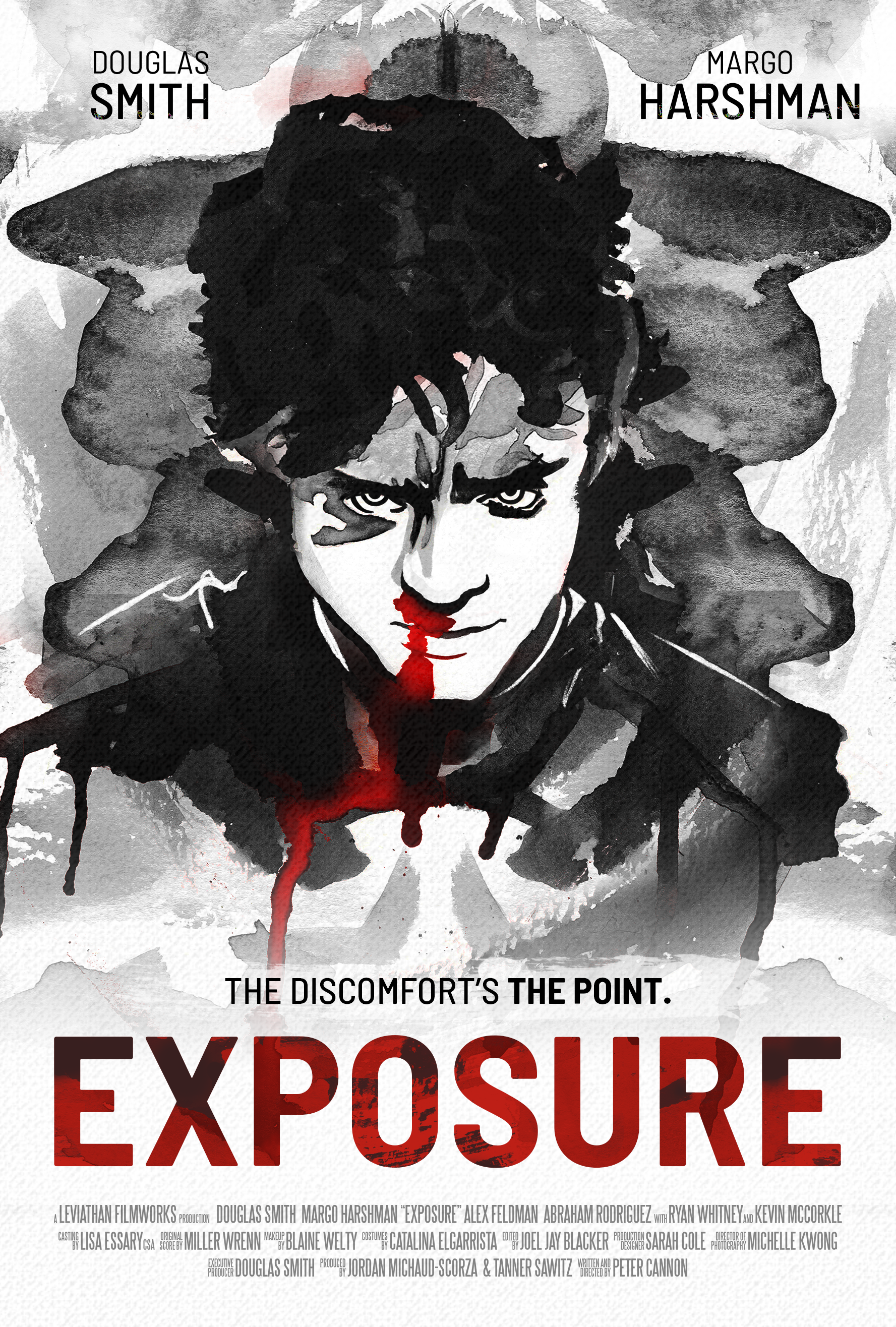

A PSYCHOLOGICAL
THRILLER
OBSESSION, COMPULSION, AND FACING FEAR
ABOUT
a FEATURE film
starring DOUGLAS SMITH and MARGO HARSHMAN
A TRAUMATIZED MAN IS CONVINCED SOMEONE IS TRYING TO POISON HIM, SO HIS SKEPTICAL WIFE FORCES HIM TO FACE HIS NIGHTMARES HEAD-ON WITH EXPOSURE THERAPY.
ABOUT THE FILM
Years ago, Tanner was kidnapped, tortured, and poisoned by an unknown assailant. After being inexplicably let go, he was left obsessed with the idea that his kidnapper was still out to get him. Day in and day out, his compulsive checking to confirm that his house is secure and his food is safe to eat slowly erodes his relationship with his patient and caring wife, Nicole.
One day, Nicole hears that the man who did this to Tanner was released from prison earlier than expected, and Tanner's obsession spirals out of control. To save her marriage, Nicole forces him to face his fears head-on with exposure therapy, and
ultimately confront the fact that he's experiencing obsessive compulsive disorder. Reluctant at first, he takes to it well - and perhaps to a dangerous level.
DIRECTOR’S STATEMENT
PETER CANNON
I've dealt with obsessive compulsive disorder for over a decade. Over the years, the media has served up an oversimplified version of OCD to the average person - one that downplays the relentless terror that plagues 1% of the entire population. Exposure takes the intricacies, nuances, and forms the disorder takes, and presents them in the way a sufferer all too often experiences it, so that those who don't can better understand.
The story shows OCD in a few of its many incarnations, all with the unifying factor of a specific, repetitive, mind-consuming fear. It can show up from trauma, or simply by itself. It can be brought about from drug addiction, or the other way around. Sometimes the themes make sense. Others seem laughably far-fetched. It’s all under the same umbrella of obsession.
Despite its intensity, it’s a phenomenon that isn’t far removed from the fear and anxiety responses that everyone experiences. Because of this, the story can still be relatable. The best tool in addressing it, called exposure response prevention therapy, is surprising in how simple and intuitive it is. The fear is stimulated in a controlled environment, without compulsions or avoidance, until the power it holds is gone. It’s that easy and that horrible.
Unfortunately, the alternative of ignoring it is worse. The consequences of untreated OCD go beyond the person dealing with it. Even the closest of relationships can be eroded after years of emotional burdens, financial sacrifices, and dwindling energy. The common saying that “mental illness is not your fault, but it is your responsibility” is something many of us had to learn in a bitter way. Emotional limits exist, and nobody can or should be blamed for them.
The ultimate goal for any sufferer of obsessions is the acceptance of a difficult truth: their ‘worst fear’ can absolutely happen, and to keep living is to tolerate that. Underneath the suspense, drama, and horror, Exposure is about a man who learns that clinging to safety can ruin his life just as much as any perceived threat could. It’s an idea that can make sense to anybody, but internalizing it is a steep ask for the average person, let alone someone tormented by this disorder.
DON’T MISS AN UPDATE!
Sign up with your email address to receive news on screenings, festivals, and more.



